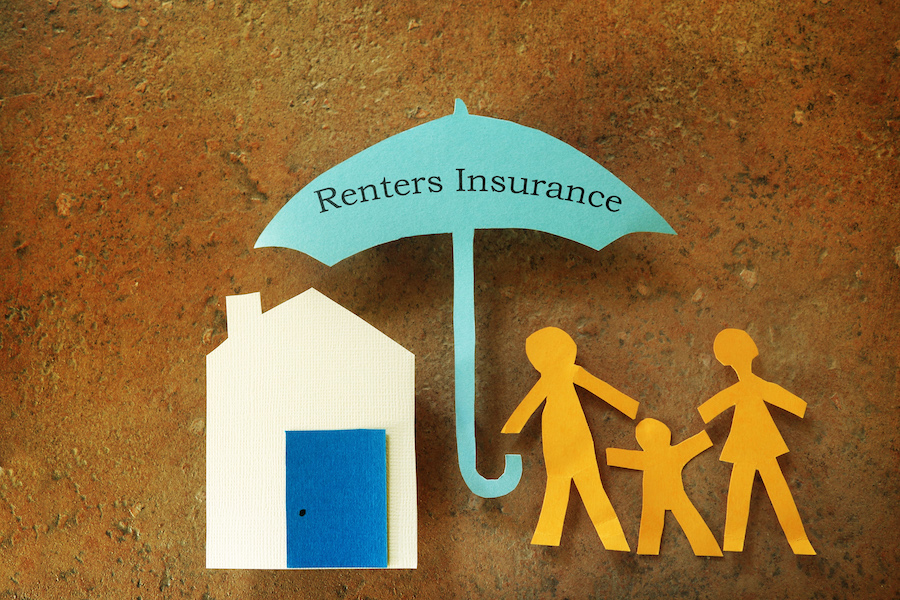Blog
Renter Insurance Coverage
Across the country, there are approximately 43 million households who rent, which equates to about 37% of all households. Among […]
Recent
What Does UTV Insurance Cover?
UTV (Utility Task Vehicle) insurance is a specialized for...
June 19, 2024How Much is ATV Insurance?
ATV insurance is an essential consideration for anyone wh...
June 14, 2024Renters Insurance
Recent
What Does UTV Insurance Cover?
UTV (Utility Task Vehicle) insurance is a specialized for...
June 19, 2024How Much is ATV Insurance?
ATV insurance is an essential consideration for anyone wh...
June 14, 2024




